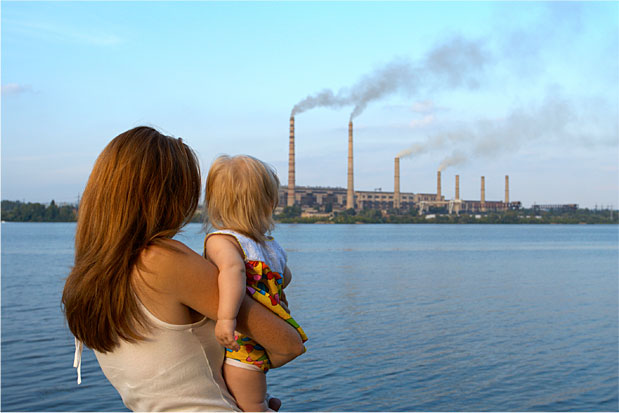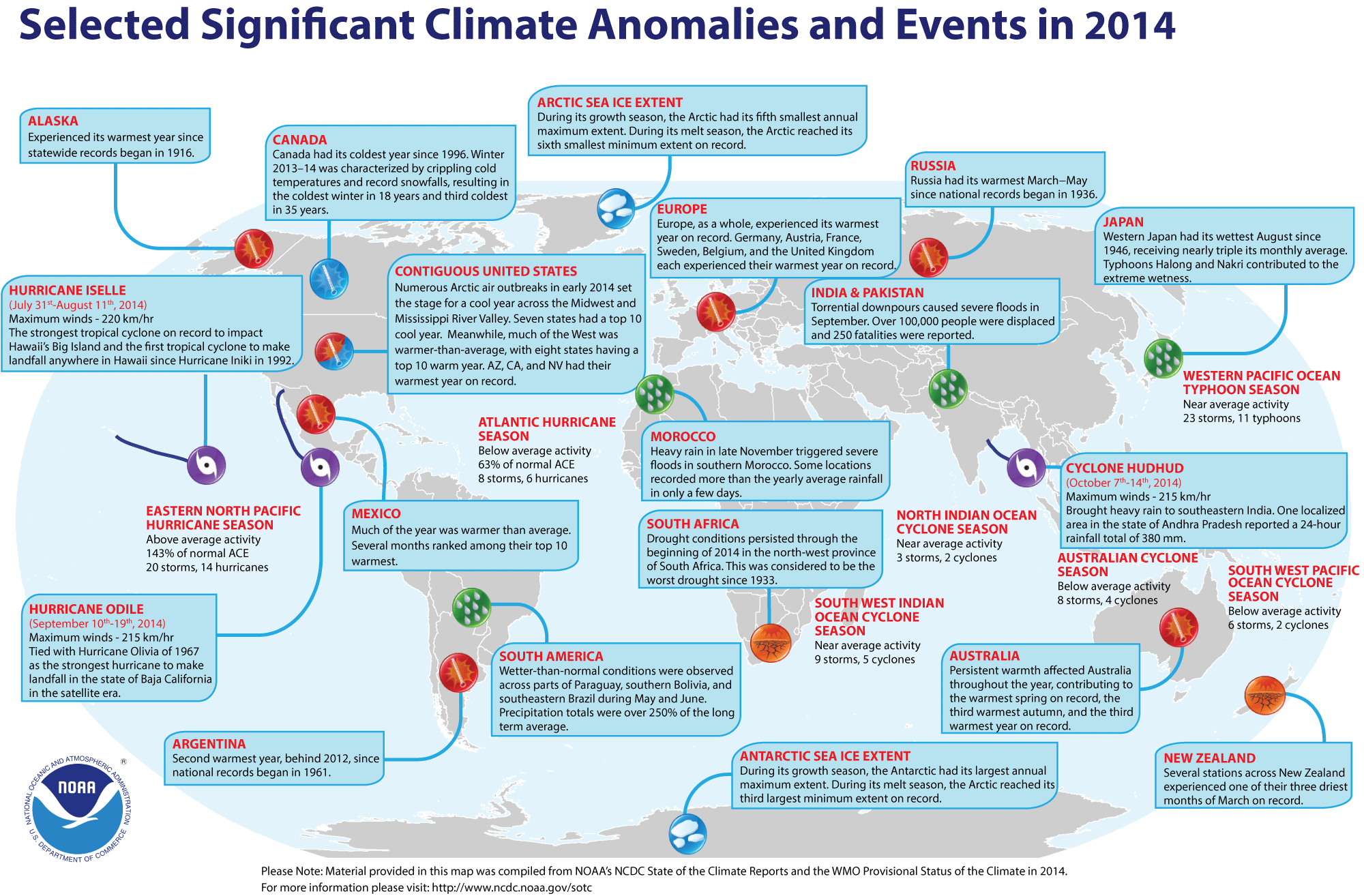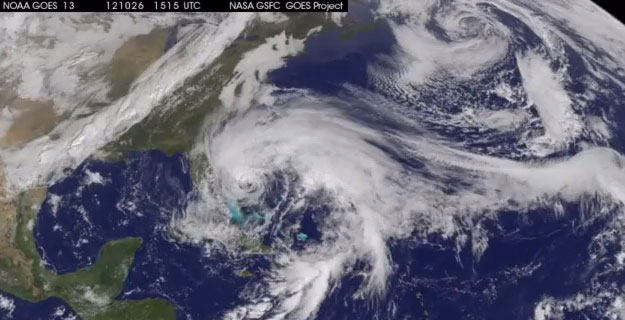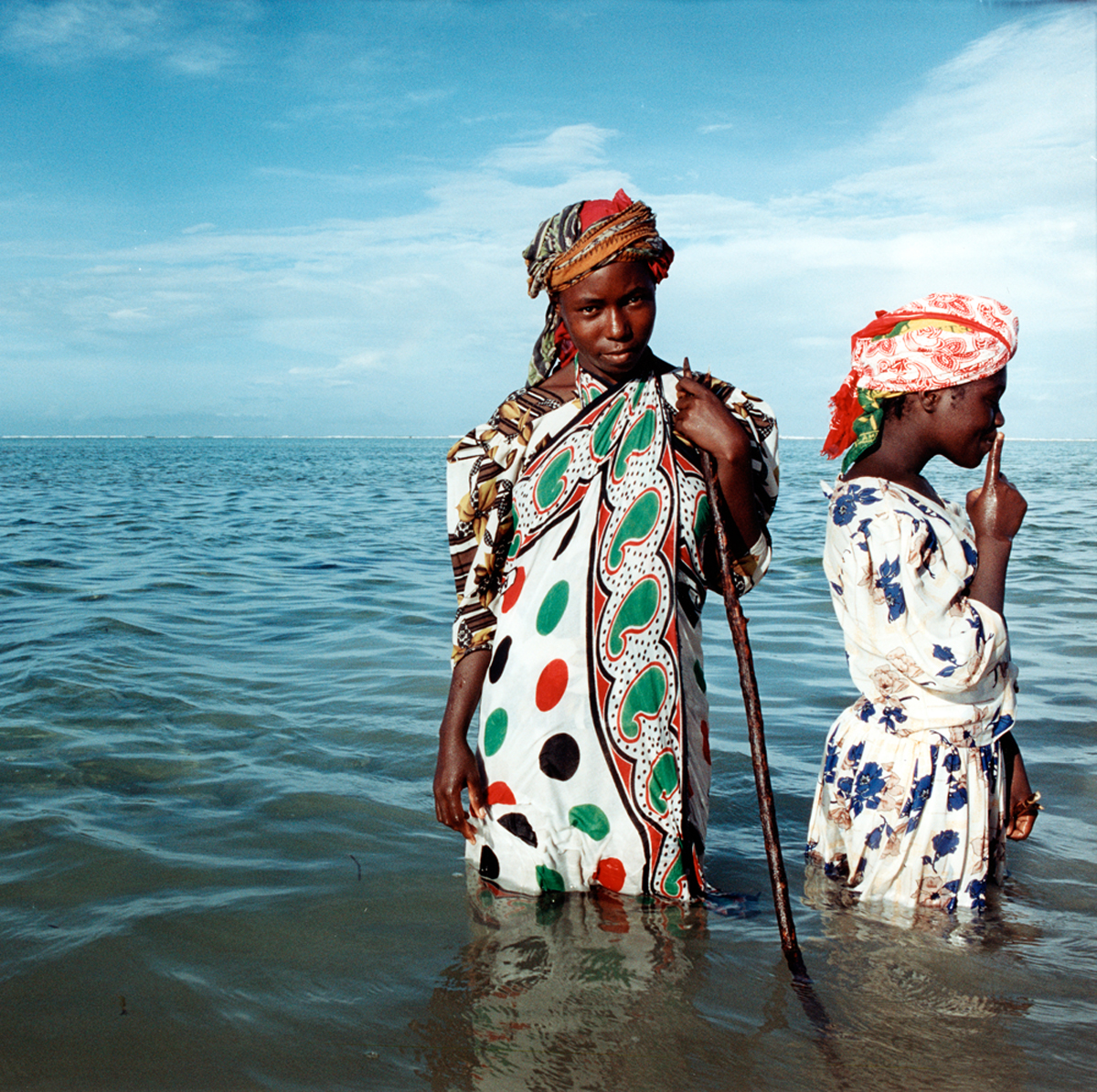
The International Agency for Research on Cancer (IARC), an arm of the World Health Organisation (WHO) declared on Thursday, October 17th 2013 that outdoor air pollution is a leading cause of cancer in humans, alongside asbestos, tobacco and UV radiation.
The IARC said a panel of top experts had found “sufficient evidence” that exposure to outdoor air pollution caused lung cancer and raised the risk of bladder cancer.
Although the composition of air pollution and levels of exposure can vary dramatically between locations, the agency said its conclusions applied to all regions of the globe. The IARC said pollution exposure levels increased significantly in rapidly industrialising nations [EPA] . The predominant sources of outdoor air pollution were transport, power generation, emissions from factories and farms, and residential heating and cooking.
The decision came after a consultation by an expert panel organised by IARC. “The air we breathe has become polluted with a mixture of cancer-causing substances,” said Kurt Straif of IARC. “We now know that outdoor air pollution is not only a major risk to health in general, but also a leading environmental cause of cancer deaths.” The most recent data, from 2010, showed that 223,000 lung cancer deaths worldwide were the result of air pollution, the report said.
Air pollution was already known to increase the risk of respiratory and heart diseases. “Classifying outdoor air pollution as carcinogenic to humans is an important step,” said the IARC’s director Christopher Wild.
“There are effective ways to reduce air pollution and, given the scale of the exposure affecting people worldwide, this report should send a strong signal to the international community to take action without further delay.” The IARC said that it was set to publish its in-depth conclusions on October 24 on the specialised website The Lancet Oncology.







